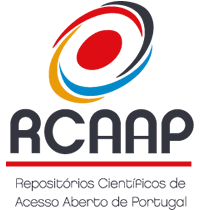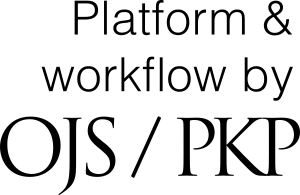Photodynamic inactivation of methicillin-resistant Staphylococcus aureus using harmine-antiseptic combinations
DOI:
https://doi.org/10.48797/sl.2025.338Keywords:
PosterAbstract
Background: Antibiotic-resistant pathogens, such as methicillin-resistant Staphylococcus aureus (MRSA), pose significant challenges in the treatment of chronic wound infections. Antibacterial photodynamic therapy (aPDT) offers a localized, resistance-independent alternative to antibiotics [1]. In aPDT, bacteria are targeted by molecules called photosensitizers (PSs) that are activated by light. Natural PSs are more eco-friendly, sustainable, cost-effective, and therefore, preferred over synthetic alternatives [2]. Harmine (HA), an alkaloid commonly found in various plants and animals, is a promising natural PS, with reported photodynamic efficacy against cancer cells [3]. Objective: This study explores aPDT with HA as a PS and its combined action with wound antiseptics, namely octenidine dihydrochloride (OCT), polyhexamethylene biguanide (PHMB), and hydrogen peroxide, against S. aureus (MJMC568-B: MRSA) to enhance antiseptic efficacy and bacterial damage while minimizing concentrations. Methods: The antibacterial efficacy of HA, OCT, PHMB and H₂O₂ was independently evaluated by determination of minimum inhibitory concentration (MIC) and minimum bactericidal concentration (MBC) values using the microdilution and plating agar methods, respectively. An evaluation of the capacity of HA-antiseptics combinations to boost the antibacterial activity was conducted by a disk diffusion assay, and a checkerboard assay. The photodynamic activity of HA was assessed independently and in combination by irradiating with UV light (365 nm) using a light-emitting diode (LED) system and quantification through colony-forming unit (CFU) analysis. Results: Antibacterial efficacy of HA individually and in combination with antiseptics against S. aureus was assessed, and an increase in the antibacterial activity when combined was observed. UV-A irradiation of 19.8 J/cm2 (5.5 mW/cm2, 60 min) enhanced the antibacterial capacity of HA (250μg/ml), significantly reducing S. aureus culturability (3.85±0.39 CFU/cm2 logarithmic reduction compared to a 0.10±0.17 CFU/cm2 logarithmic reduction when not irradiated), highlighting its potential for aPDT applications. Conclusions: These findings highlight HA potential as a natural PS for aPDT and its role in enhancing antiseptic efficacy against MRSA. The combined aPDT-antiseptic approach offers a promising strategy for chronic wound management, reducing antibiotic reliance and mitigating resistance development.References
1. Gonçalves, A.S.C. et al. Photodynamic Activation of Phytochemical-Antibiotic Combinations for Combatting Staphylococcus Aureus from Acute Wound Infections. J Photochem Photobiol B 2024, 258, 112978, doi: 10.1016/J.JPHOTOBIOL.2024.112978.
2. Gonçalves, A.S.C. et al. The Action of Phytochemicals in Biofilm Control. Nat Prod Rep 2023, 40(3), 595–627, doi: 10.1039/D2NP00053A.
3. Pérez Martín, J.M. et al. Ultrastructural Changes Induced in HeLa Cells after Phototoxic Treatment with Harmine. J Appl Toxicol. 2004, 24(3), 197–201, doi: 10.1002/JAT.972.
Downloads
Published
How to Cite
Issue
Section
License
Copyright (c) 2025 Lília Teixeira, Sónia Fraga, Manuel Simões, Anabela Borges

This work is licensed under a Creative Commons Attribution 4.0 International License.
In Scientific Letters, articles are published under a CC-BY license (Creative Commons Attribution 4.0 International License), the most open license available. The users can share (copy and redistribute the material in any medium or format) and adapt (remix, transform, and build upon the material for any purpose, even commercially), as long as they give appropriate credit, provide a link to the license, and indicate if changes were made (read the full text of the license terms and conditions of use).
The author is the owner of the copyright.









